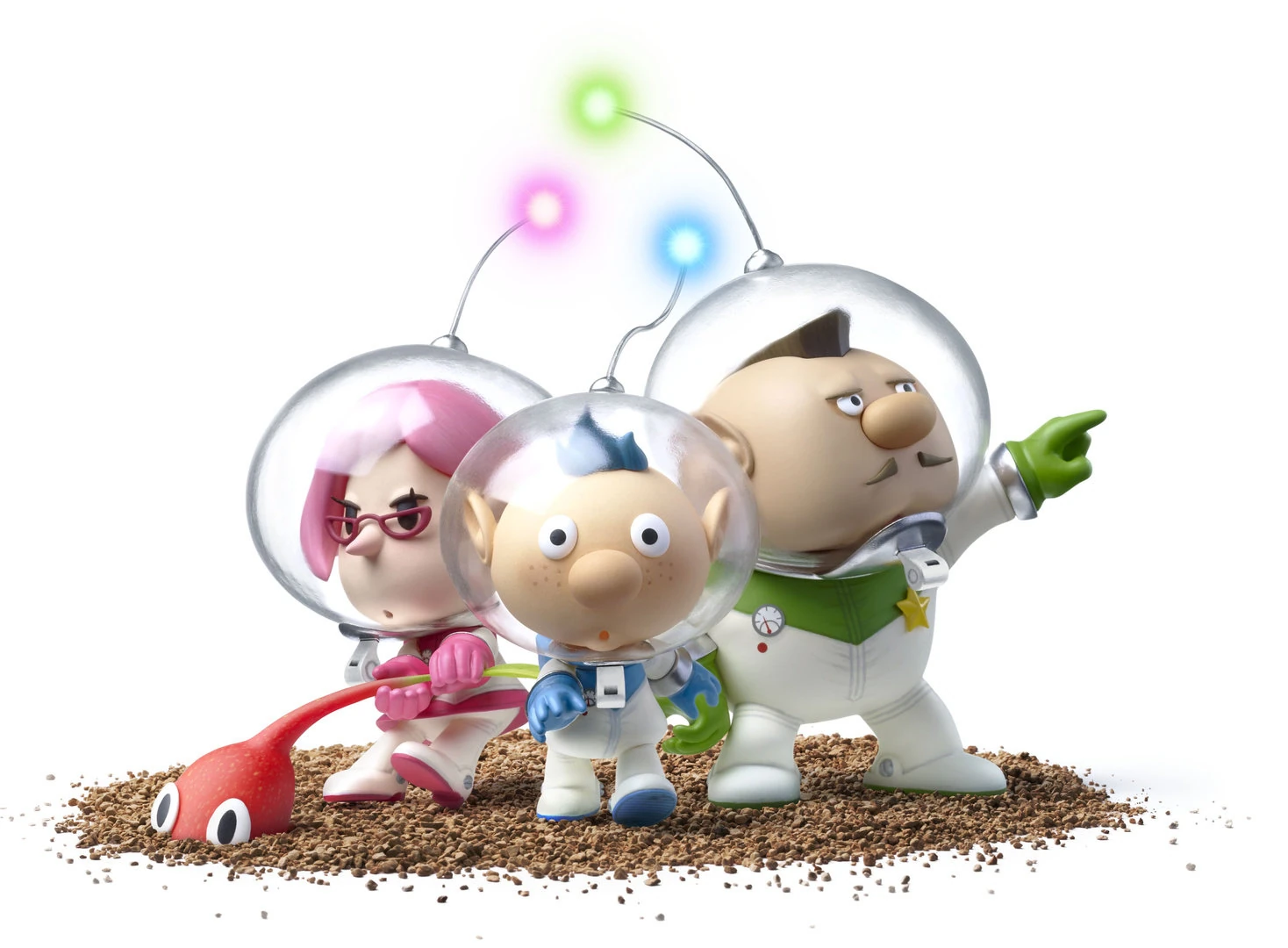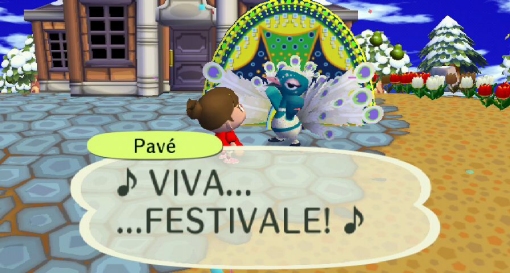
Teaching can be hard. There’s no book out there (that I’ve found) that can tell you exactly how to teach in a way that will apply to every child’s learning style. Some love to read, some love to write, and some love to just get their hands dirty. You can never predict what type of learner you’ll run into at the start of each new year, but chances are there are going to be a bevy of different ones throughout your room.
Teachers who use gamification in their classrooms need to think of each new year of students as a whole new game and not simply a new level. You need to start fresh with the same basic ideals and build off of what works. It’s never going to be the same for two different classes or (most times) even two different students. This is why you need to tweak the code.

After the smash success that was The Legend of Zelda: Ocarina of Time for Nintendo 64, the Zelda team decided to take their next game in a much different (and darker) direction. Not wanting to create all new assets and characters builds for every aspect of this new title Nintendo resorted to building off of Ocarina’s already stellar game mechanics and animations. The game they built over the next year became the cult hit The Legend of Zelda: Majora’s Mask, a game that was somehow similar and yet vastly different. This is how gamification should be in the classroom. Changing enough to put it’s own spin on an already established and well thought out base.
A teacher’s greatest strength is their ability to adapt and evolve their lessons to fit the needs of their students and their classroom as a whole. The only way to do this is to pay attention to your students needs. Not just the ones they tell you out loud, but the ones you see in their work and interaction with others. This school year may be Ocarina of Time. It may be Majora’s Mask. It may be something else entirely. It’s your job to discover what game it needs to be and to make it something your students want to play.

 I’m not asking you to have students submit grades or assign detentions. Just give them easy jobs that make your workload a little lighter.
I’m not asking you to have students submit grades or assign detentions. Just give them easy jobs that make your workload a little lighter.




Recent Comments